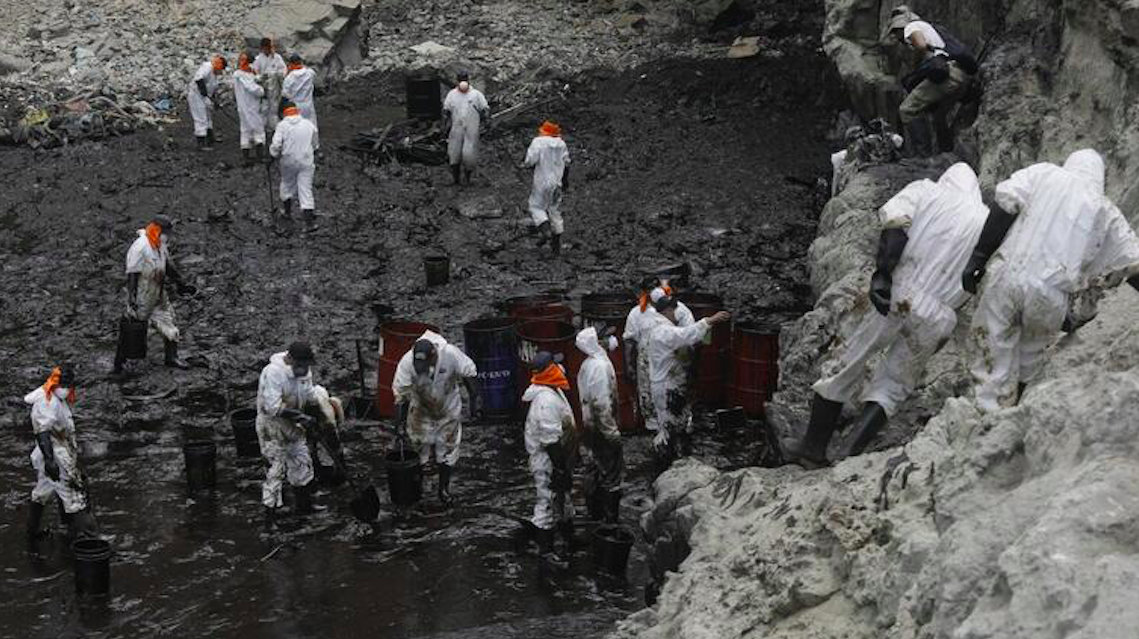RIO DE JANEIRO, BRAZIL – With more than 1 million hectares, Yasuní is one of the most biodiverse areas on the planet. Yasuní is divided into the Yasuní National Park Protected Area, the Intangible Zone, the Buffer Zone, and the Oil Exploitation Zone.
According to information from the Ministry of the Environment, Yasuní is the largest protected area in continental Ecuador. It is located 250 kilometers from Quito, the country’s capital, in the heart of the Amazon rainforest. Yasuní National Park is home to indigenous communities of the Waorani and Kichwa nationalities. In addition, the Tagaeris and Taromenanes, two indigenous peoples who live in voluntary isolation, pass through its remote forests.
Read also: Check out our coverage on Ecuador
Such is the protection of Yasuní that, this week, Ecuador’s Constitutional Court declared several articles of Decree 751 unconstitutional, which allowed exploitation in a buffer strip of the intangible zone in Yasuní National Park.

The Ministry of Environment has announced legal actions to sanction the damages caused by the spill. The Ministry indicated that the Heavy Crude Oil Pipeline company has 15 days to make its statements about the spill by sending supporting documentation to the Ministry. Minister Manrique has announced that, in this case, administrative actions and also civil action processes could be initiated.
It is not the first time there has been an oil spill. A journalistic investigation by Plan V revealed that in 2020, the frequency of spills in the Amazon was almost two per week. Between 2015 and June 2021, 899 oil spills have been registered.
In 2020, 15,800 barrels were spilled in the Ecuadorian rainforest. At that time, a sinkhole, also caused by regressive erosion, produced another rupture in the pipelines that transported Ecuadorian oil. According to Amazon Frontlines, that spill was the worst oil spill in Ecuador in more than a decade.
As a result, more than 27,000 indigenous Kichwa people living on the banks of the Coca and Napo rivers in Ecuador have spent nearly two years without clean water, food, health, and a healthy environment.

